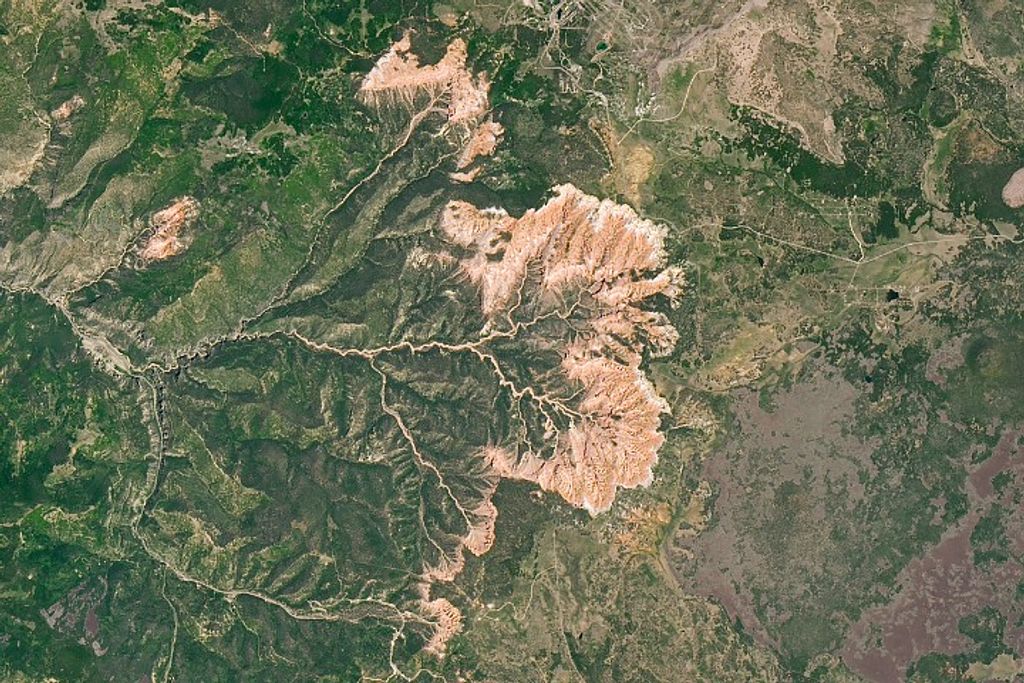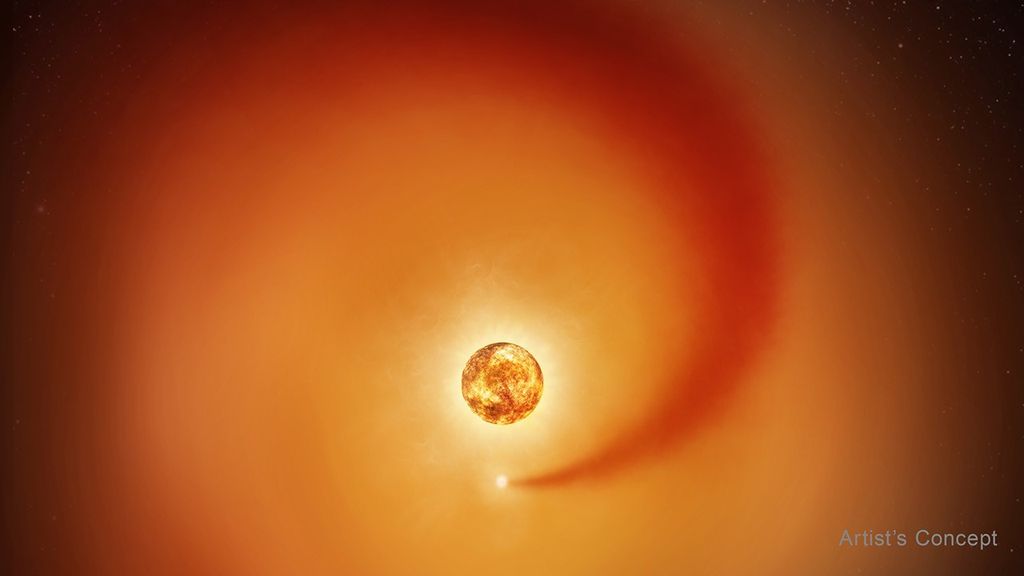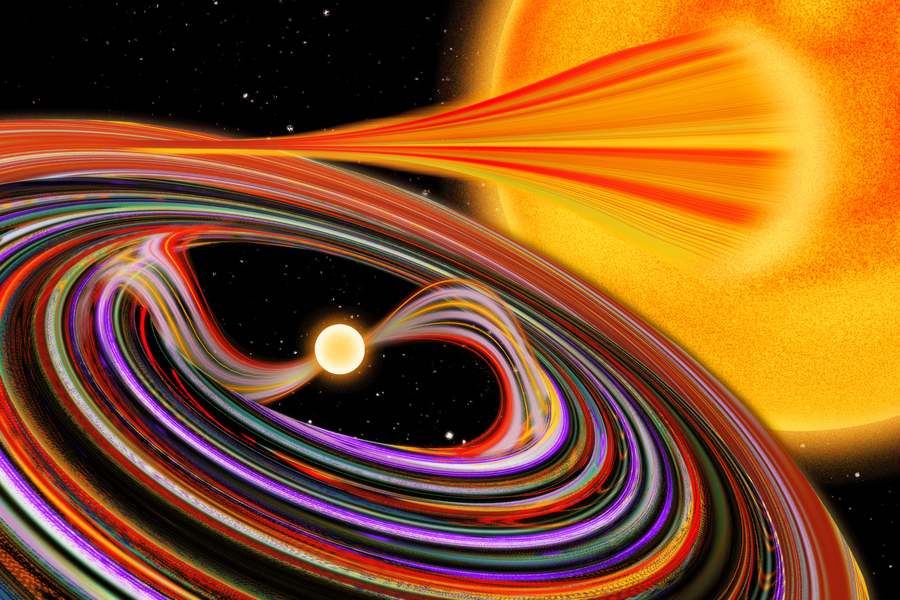1 min read
Spectroscopy Animation of Southern Crab Nebula
Dissecting the Southern Crab Nebula
This video illustrates how Hubble Space Telescope spectral observations were used to study the chemical makeup of the Southern Crab Nebula. The hourglass-shaped nebula contains elements forged in the interior of its two aging central stars that were then blasted back into space. Energized by radiation from the pair of bright stars, each of these elements glows in specific colors (or wavelengths) of light. Hubble's Space Telescope Imaging Spectrograph has a narrow rectangular window that was positioned along the center of the nebula. Inside this window, light was divided into a spectrum of colors. By doing this, the specific glow from hydrogen, sulfur, oxygen, and nitrogen could be isolated. Once injected into interstellar space, these elements will be available for future generations of stars, planets, and possibly life. NASA's upcoming James Webb Space Telescope will routinely use spectroscopy to explore a wide range of astronomical research, from exoplanets to the remote universe.
- Release DateApril 18, 2019
- Science ReleaseHubble Celebrates 29th Anniversary with a Colorful Look at the Southern Crab Nebula
- Credit
Related Images & Videos

Compass Image for Southern Crab Nebula
Image of Southern Crab Nebula, with compass arrows, scale bar, and color key for reference. The north and east compass arrows show the orientation of the image on the sky. Note that the relationship between north and east on the sky (as seen from below) is flipped relative to...

Colors of the Southern Crab Nebula
Dissecting the Southern Crab Nebula This diagram illustrates how Hubble Space Telescope spectral observations were used to study the chemical makeup of the Southern Crab Nebula. The hourglass-shaped nebula contains elements forged in the interior of its two aging central stars...

Shape of the Southern Crab Nebula
Diagram of the Southern Crab Nebula Structure This diagram traces the hourglass structure formed by a pair of huge, bipolar gas bubbles ejected by a double star in the center of the Southern Crab Nebula. The gases are dispersed too thinly for the full shape of the hourglass to...
Share
Details
Claire Andreoli
NASA’s Goddard Space Flight Center
Greenbelt, Maryland
claire.andreoli@nasa.gov

































